
Parents: How A Time Out Can Discipline AND Nurture
More and more parents are moving away from traditional discipline methods (i.e. physical punishments like smacking). And the “time out” is a common substitute.
However, some people argue that a time out is still too forceful.
Personally, I think a time out can be a great way to discipline children in a respectful, helpful way, IF it’s done in the right way.
So I’m going to share a bit about what respectful discipline really means, and how time outs can be used kindly and effectively.
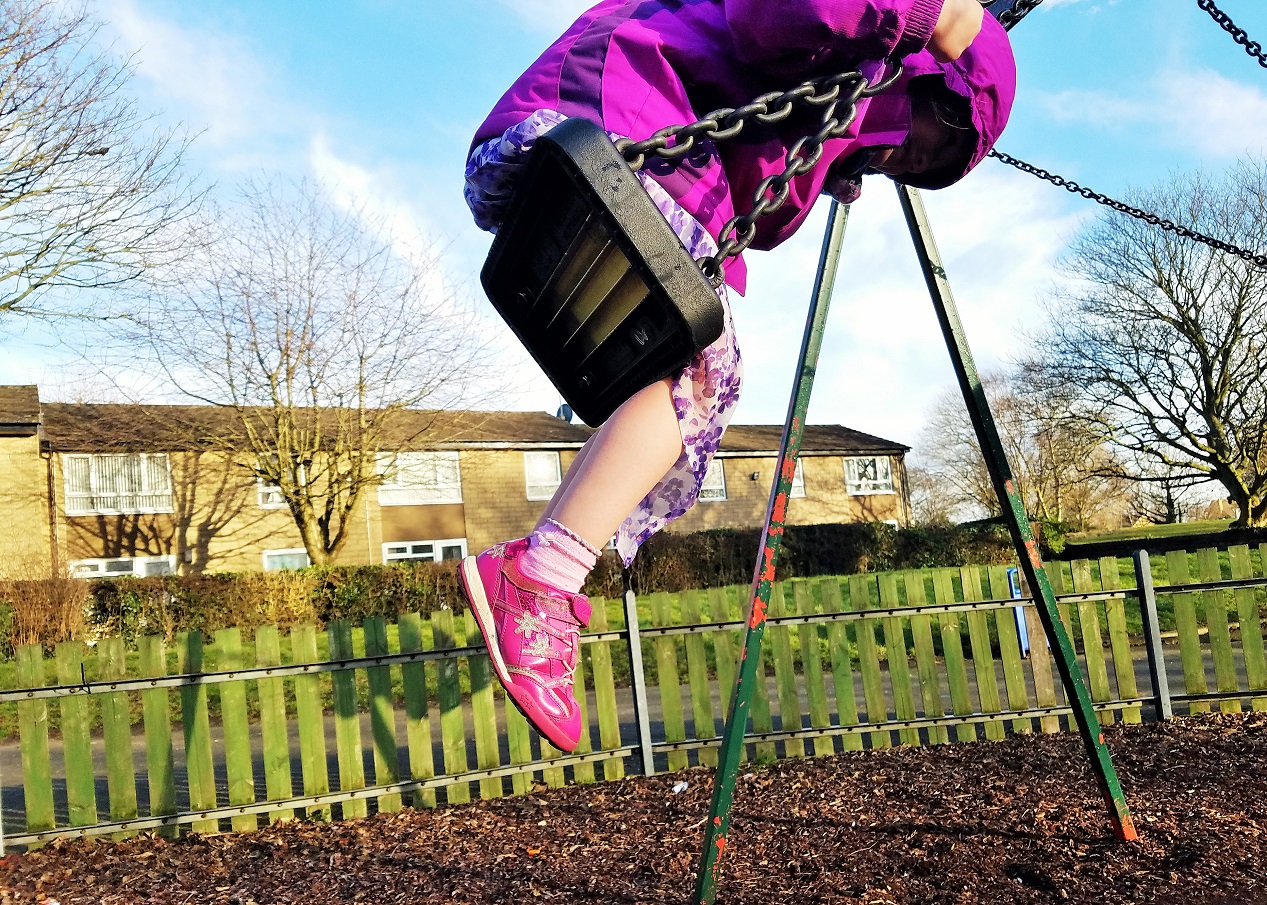
Respectful discipline
When I talk about respectful discipline, I am thinking about how to train and develop my children into competent, wise, kind adults.
I don’t want to dictate to them, but I do need to keep them on the straight and narrow (a bit like a ball being gentle nudged by the bumpers of a bowling alley).
And it all comes down to motive.
If you are trying to take your revenge for bad behaviour, or pay your child back for doing something wrong, you are being unkind. But if your aim is to develop your child and help them to mature, then you are on the right track.
And a great way to tell what your motives are is to think about how you’re feeling.
- Do I feel calm?
- Would I react this way if I was dealing with an adult?
- Will I see my behaviour as an overreaction in 3 hours’ time?
- Is my child’s future and mental well-being at the centre of this, or my own anger?
If you feel angry, you’re probably going to be shouting and acting in anger – it’s about making you feel better rather than what is in the best interests of the child. But if you are disciplining respectfully, you feel calm. You are able to think objectively and deal kindly (but firmly) with your child.
The warmth you feel for them is still evident even while the discipline is taking place.
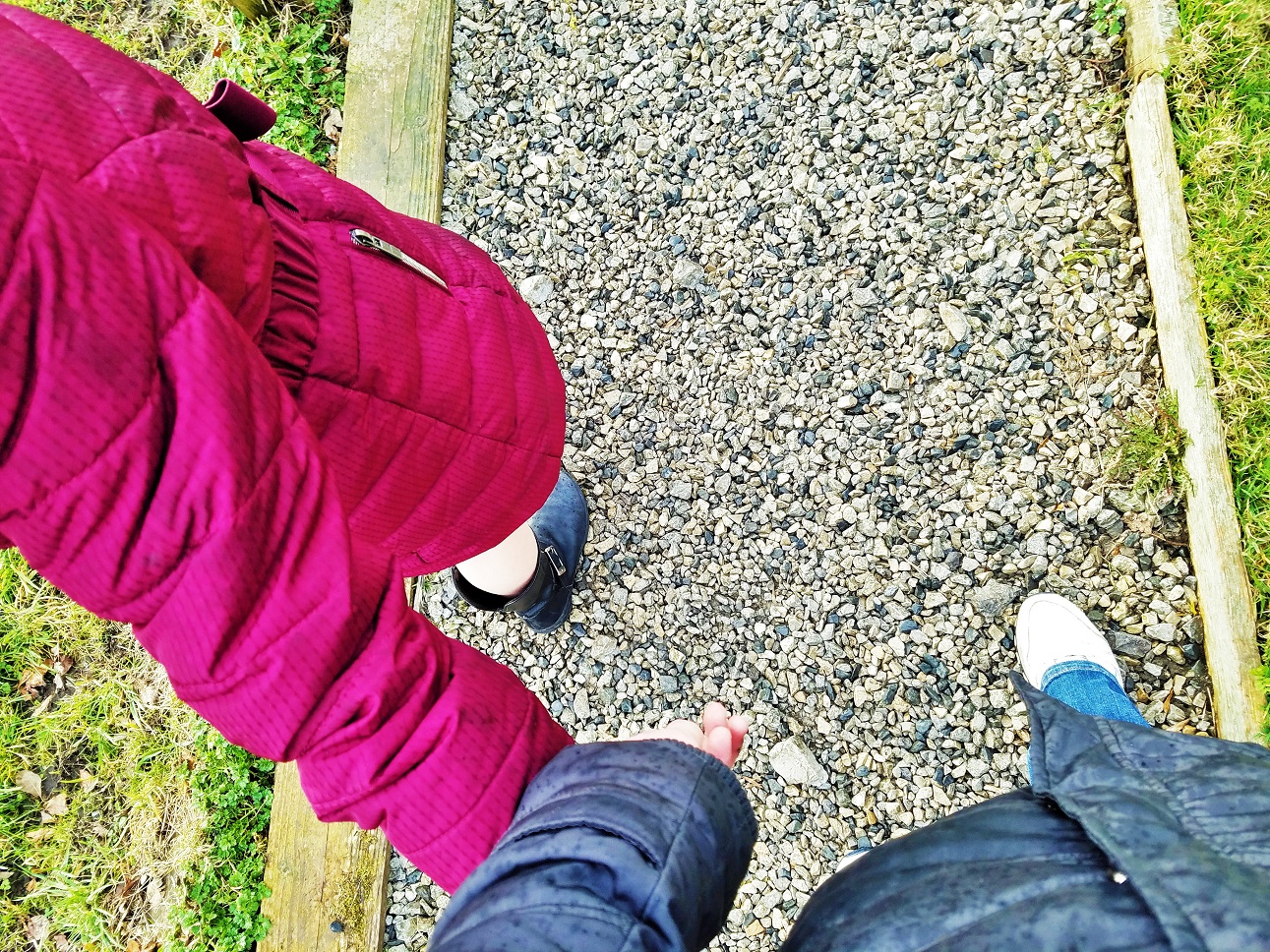
So how does a time out fit into this?
A time out is when a child is told to sit out because they’ve done something they shouldn’t have.
Of course this can be done in many different ways. If you scream, “Get out of my sight! Sit on that chair, you naughty boy!” then you’re doing it wrong! We’ll talk more about the proper way to do it in a minute, but first let’s talk a bit about the purpose of a time out.
Logical Consequence
A logical consequence is a consequence that is linked to the behaviour that happened.
For example, if a toddler draws on the wall, a logical consequence would be to ask them to clean it up. Or if they keep running away from you, a logical consequence would be that they have to hold your hand.
A time out can be a great logical consequence as it moves your child away from the situation. For example, if they are being rough with their friends, it would be overkill to send the friends home. But instead, you could move your child away from the friends for a few minutes.
It gives our kids a chance to reset. They can reflect on what’s happened, and once it’s over, they have a fresh start.

A back-up option
A time out is not the first discipline step. Obviously it depends on the age of your child and the severity of the issue, but here are a few steps before a time out is put on the table:
- DISTRACTION – “Joe’s using that crayon at the moment, why don’t you have this one?”
- DEMONSTRATION – “We don’t snatch. Say, ‘Joe, please can I use the purple crayon?’”
- WARNING – “We have to share the crayons. If you snatch again, you’ll have to go on a time out.”
For older children, it might look like this:
- REMINDER – “Your room is looking messy. Could you tidy it please?”
- DEMONSTRATION – “This isn’t tidy. Start in one corner and work backwards, like this.”
- WARNING – “I’ve asked you to tidy your room. If you don’t get it sorted, you’ll have to go on a time out.”
We’re trying to guide our kids to make the right choices with the least amount of input possible – we want it to come from them. If we can get them to make that choice without a time out, that’s even better!
(Note: But don’t get bogged down in offering chance after chance. Once a warning is given and they continue the behaviour, you must follow through with the consequence.)
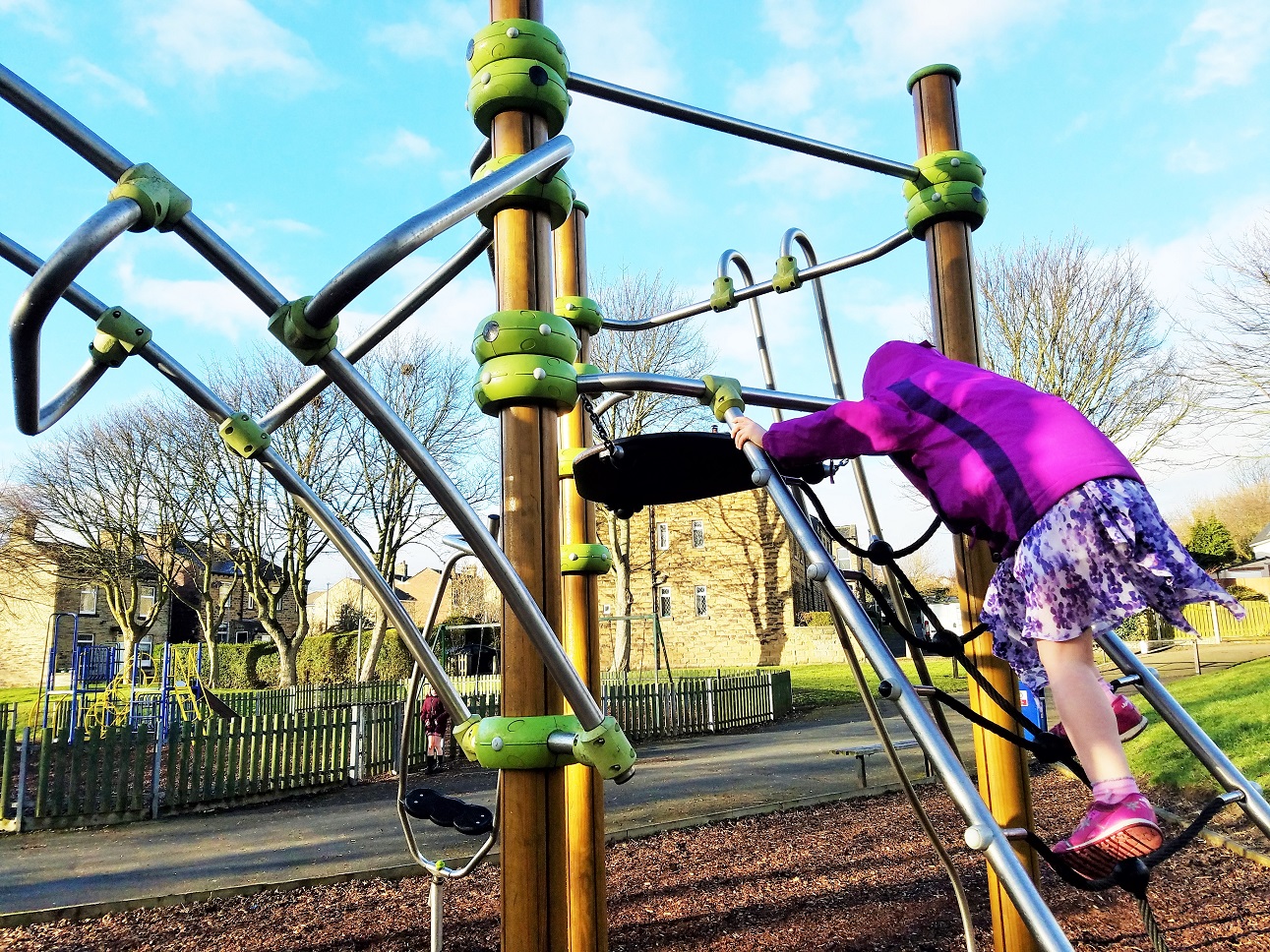
Low key
A time out is an understated consequence – it’s not a big deal. It can be done quickly and immediately to make the point and then everyone goes back to normal life. There is no dragging it out, or dredging up the past later on (e.g. 2 hours after the incident – “No you can’t play with your cars because you hit daddy this morning”).
We’re trying to give our kids a chance to break to realise their mistake, not weigh them down with shame. Once the time out is done, it’s dealt with and everybody moves on.
Portable
A time out can be done anywhere. I don’t agree with having a specific “naughty step” (especially as that labels the child as naughty and labels are very powerful weapons). A time out can be issued wherever you are.
We don’t even send our kids away from us – they might be asked to sit on the sofa for their time out, or on the dining room floor if we’re all eating in there. The focus is not on sending the kids away in a “walk of shame” scenario, it’s just about removing them from a specific situation.
So if you’re in a restaurant, and your kids are excited and jumping around at the table, you can step outside with them. It breaks their pattern of behaviour. Like when you’re completely engrossed in a film, but then an ad break pops up – it snaps you out of the mood and you’re able to think about the bigger picture of life again.
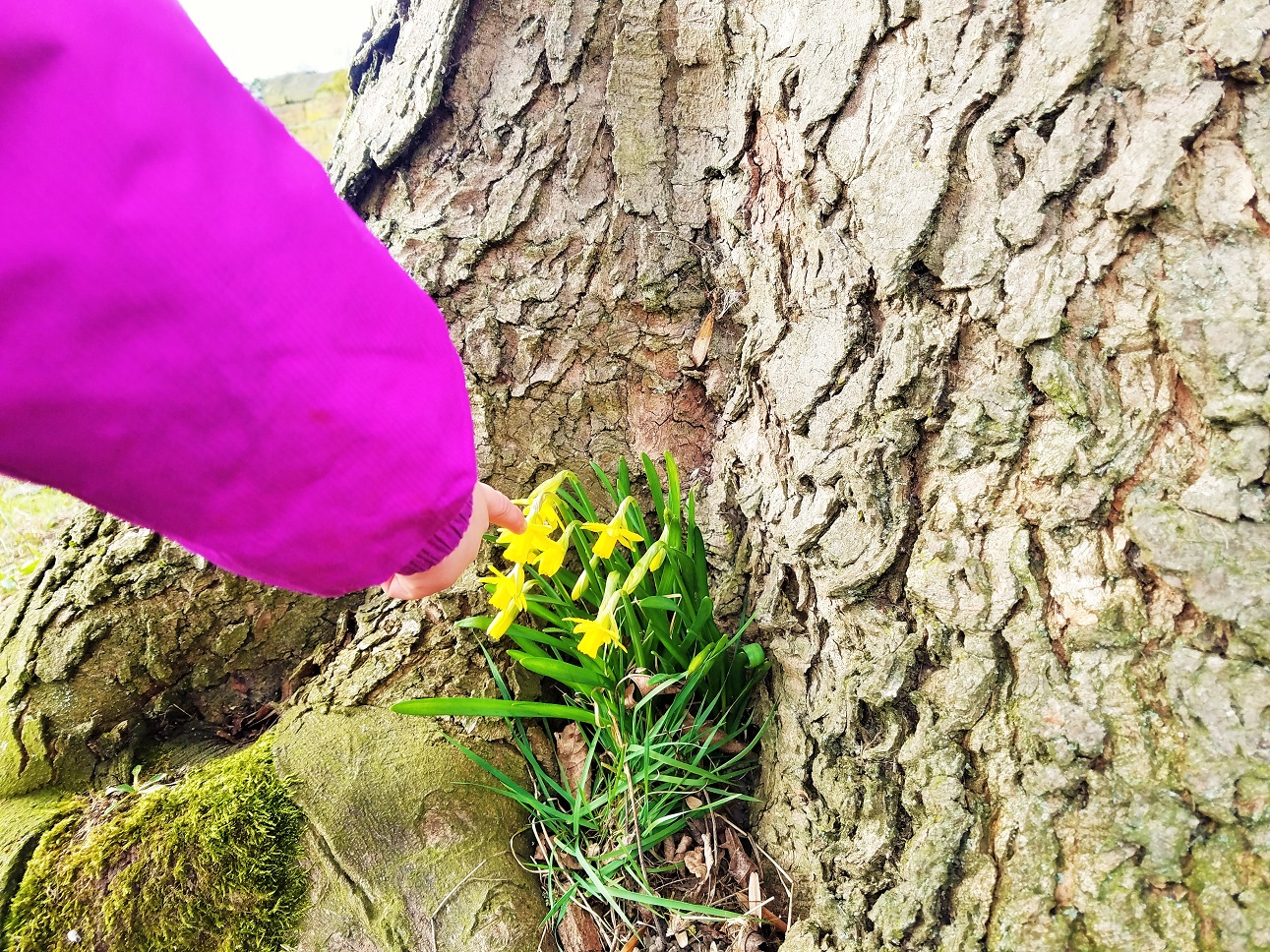
Develops
And, as we’ll see in a minute, a key part of using a time out is explaining how to do things differently next time. Before letting them go back to what they were doing, chat to your child about what happened. Come up with a plan your child could use when they’re in that situation again.
For example, “It upset Joe when you snatched the crayon off him. All you need to do is say, ‘Please can I have the crayon after you?’. Do you think you could try and do that next time?”
The focus is on developing your child – showing them what went wrong and offering a better solution for next time.
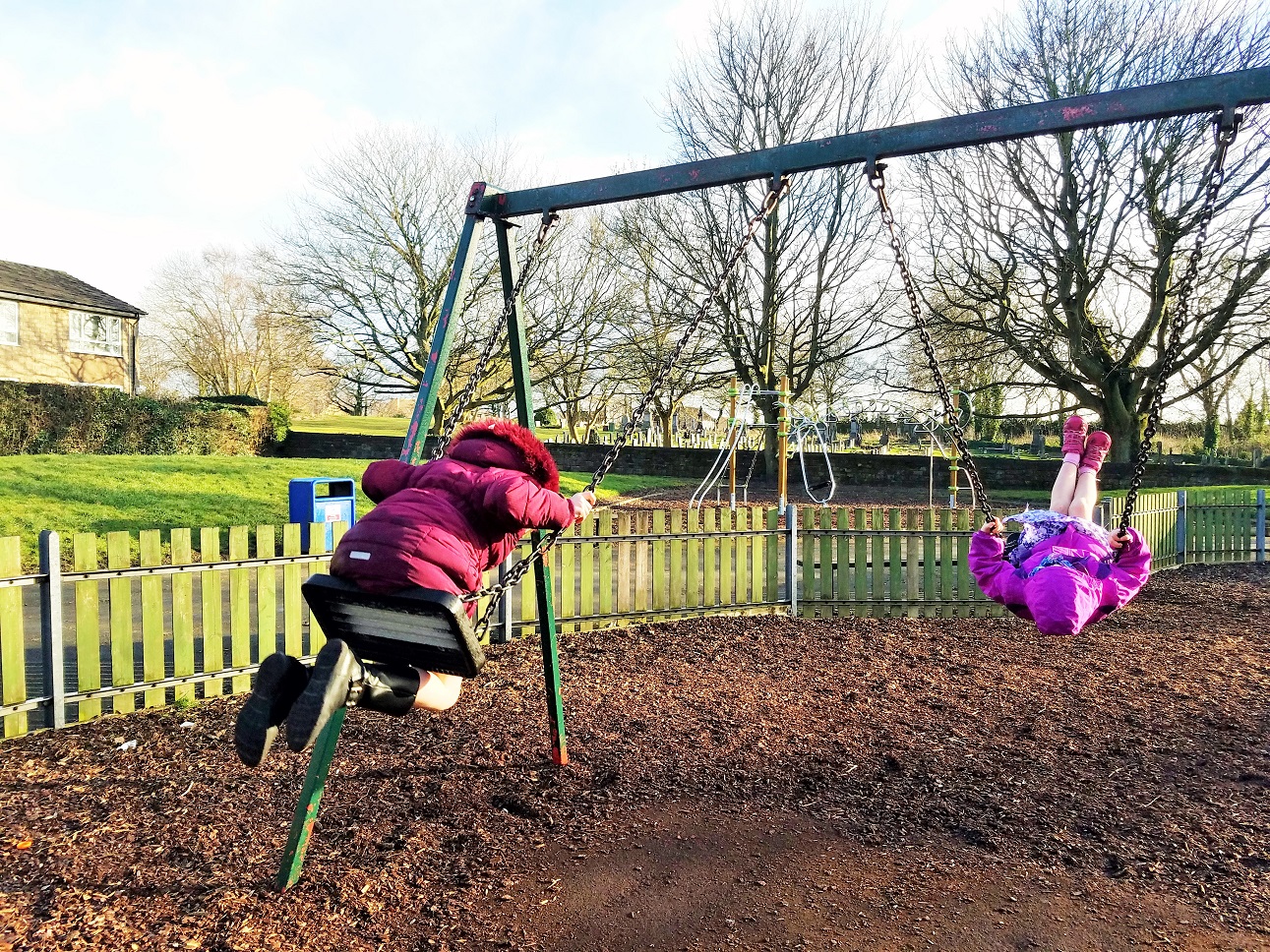
The quick step-by-step time out guide
- Demonstrate / explain how you want them to behave
- If they carry on, issue a warning, saying:
- how you want them to behave (again)
- why
- what will happen if they don’t (i.e. time out)
- If they carry on, put them on a time out:
- find somewhere suitable for them to sit / stand
- explain what they did wrong and how you wanted them to behave (for the 3rd time)
- explain why they need to behave that way
- give them some time (no more than 1 minute per year of their age)
- Debrief
- explain what they did wrong and how you wanted them to behave (for the 4th time!)
- reassure them that all is forgiven and dealt with
Remember, the key to all this is to do it calmly and kindly. We’re not trying to shame our kids or humiliate them. We’re trying to get them to understand.
Our kids don’t need us to bark orders at them, they need us to be understanding – a person that they can trust and look up to. We can be firm and yet still use empathy – “I know you really wanted the purple crayon, but we need to take turns because Joe really wants the purple crayon too.”
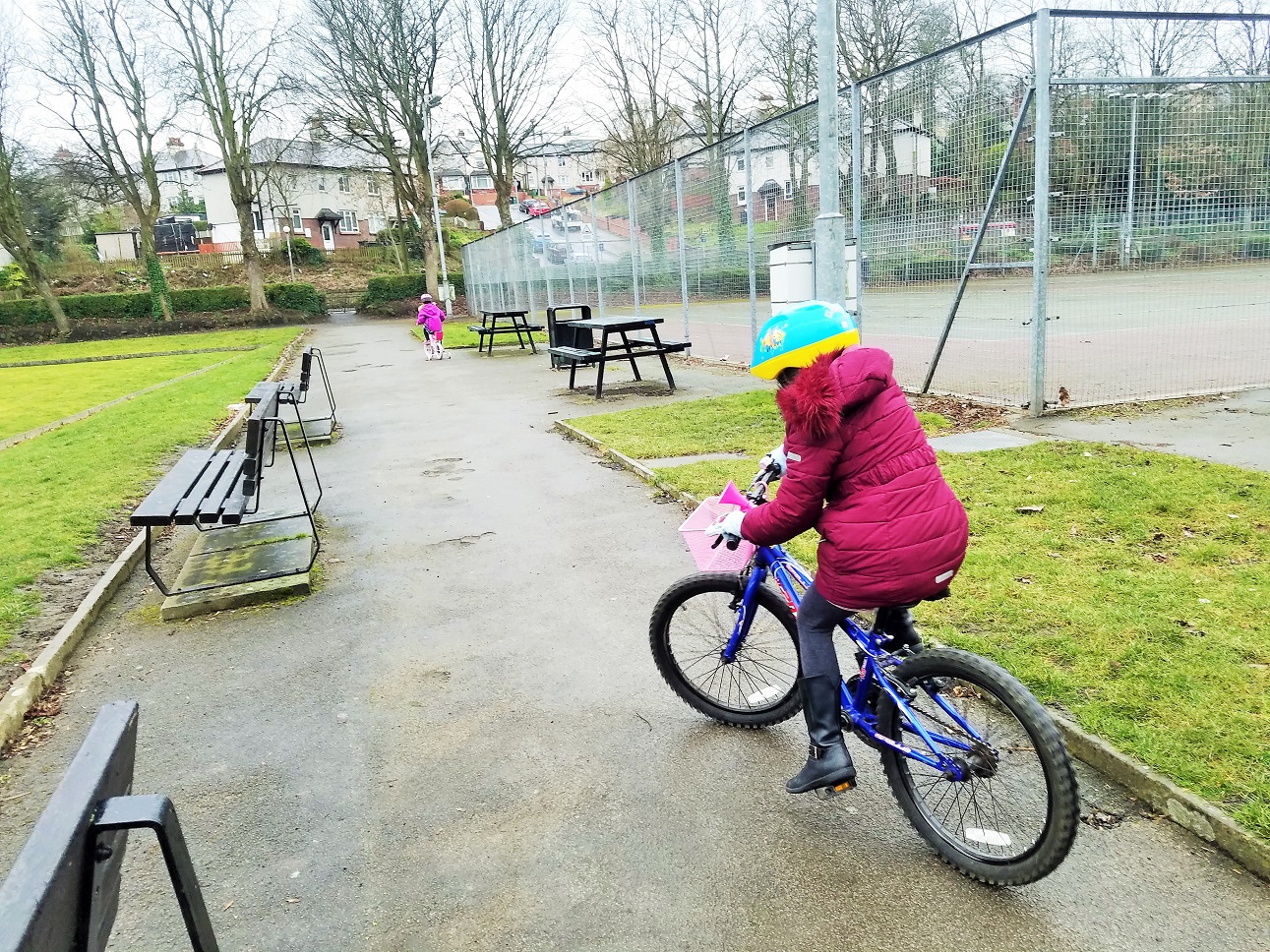
Do you use time outs in your family? Do you find it easy to stay calm or is this a challenge? Do you generally see discipline as a time of development or a time of punishment? Join in the discussion by adding a comment below!
PIN it for later:
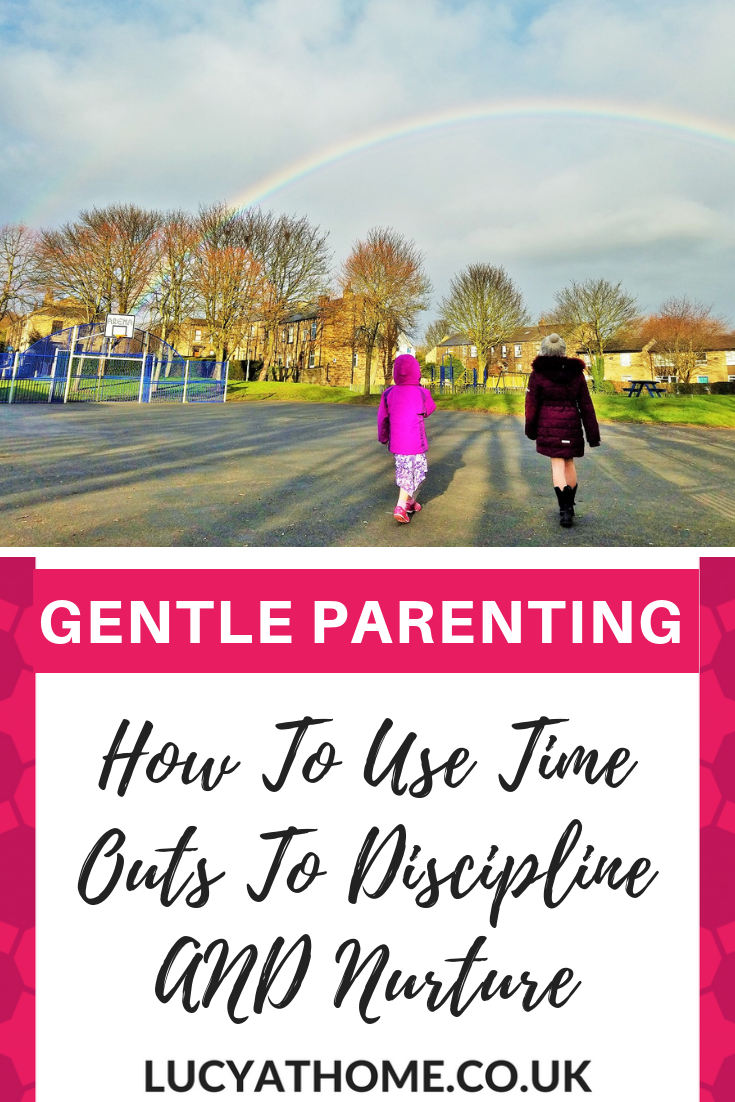

Yeah I do agree with some of you points, plus i see now where you come from where its kind of nurture as well.
Thanks for these tips, Lucy! It’s so easy to be mad while you’re trying to discipline because by the time you’ve ‘had enough’ you’re already too upset to display calm emotions. This is a reminder to scale it back with a time out.
I can see how a time out might be applicable in a situation where a child is being rough towards someone else or intentionally causing damage, but how is it a logical consequence for not tidying their room? There’s no connection at all between a messy room and a time out. I’m not sure I agree that this falls within the definition of gentle parenting if I’m honest, it doesn’t seem very respectful of the child to just repeat expected behaviours and not address why they may be struggling. Especially with older children I think we need to engage in a discussion about why some things are important and support them if they’re struggling to keep up with that. Kids do well if they can.
Hi Bec, thank you for your comment. I understand your concerns with my method, but, as I said, it does depend a lot on your motive and the way you interact with your child. I do this with kindness and warmth and in a way that gives my child a chance to make a fresh start, rather than in a shaming, punishing way. That’s why it fits within gentle parenting.
Also, you’ve written that it is important to address the needs of the child and whilst I realise I didn’t explicitly say it in this post, I absolutely agree with you. I have written a lot about the need to use empathy and dig deeper than just the surface behaviour, and I have linked to a number of these articles within this post.
I’m sure you can appreciate that it can be hard to squeeze every possible point and argument into a single blog post, but I’m sure that reading this post within the context of the rest of my blog, you will see understand where I am coming from. Lucy
I’ve had to take this approach more often in soccer training with kids around u8 than my own children! I love the logical breakdown here, explaining what you want them to do, describing a potential consequence, then acting upon it. For sure, acting out in our own anger doesn’t serve much purpose!